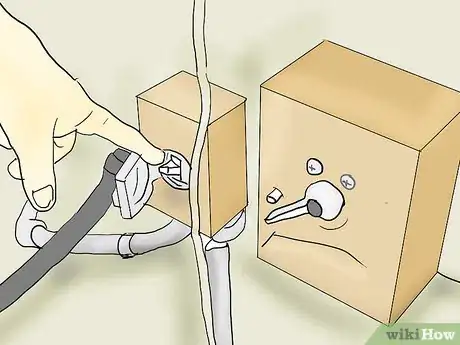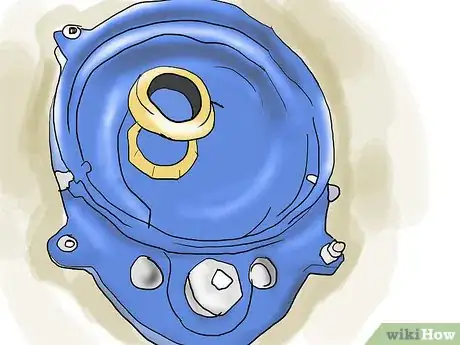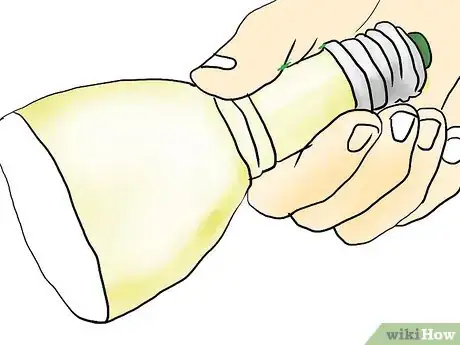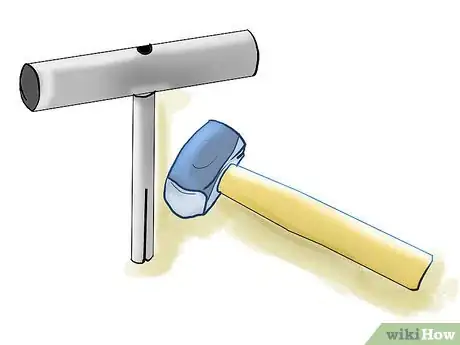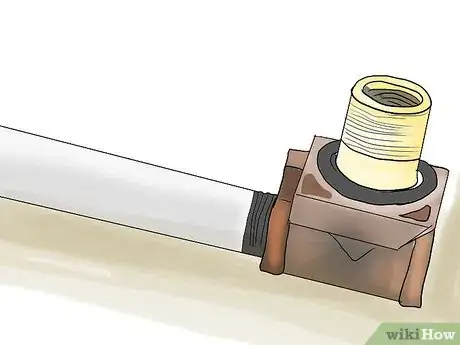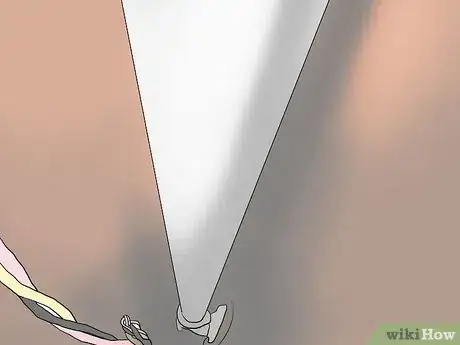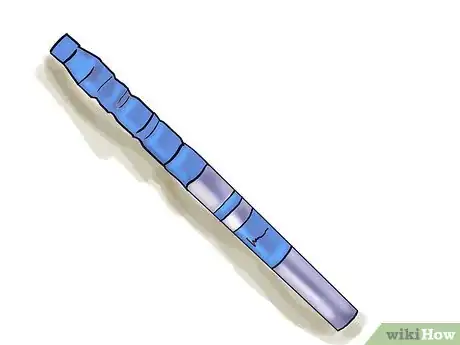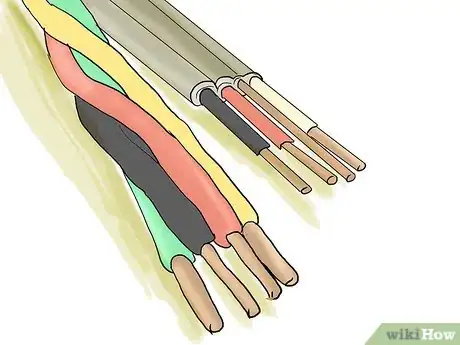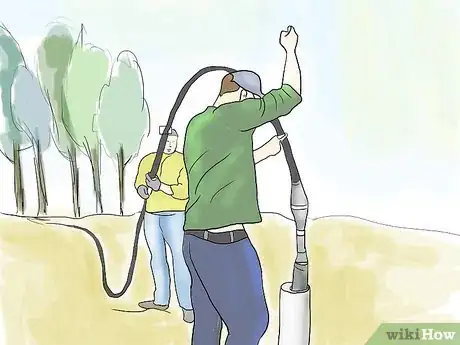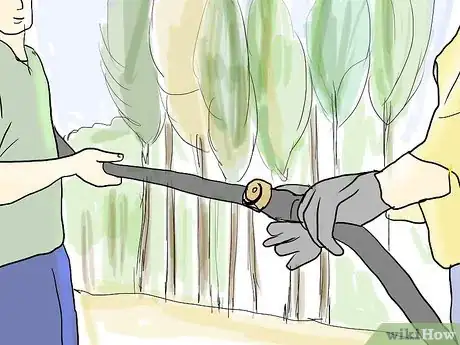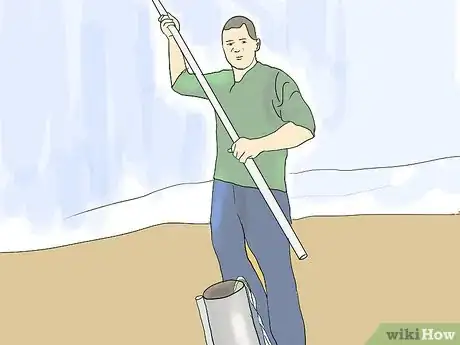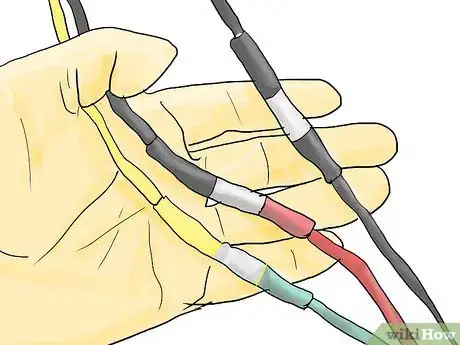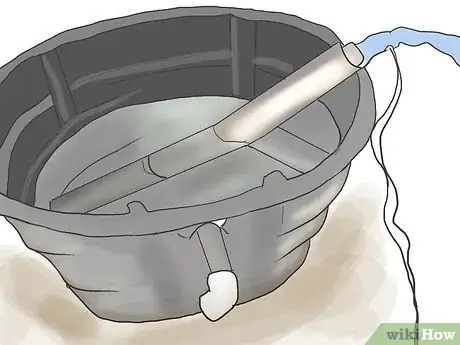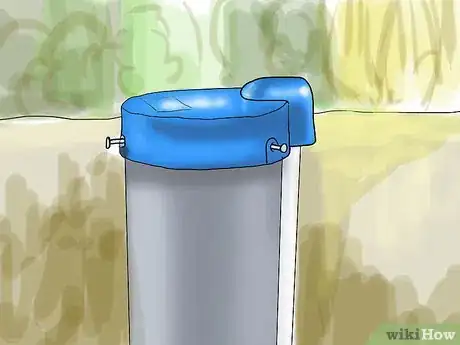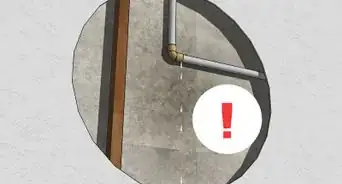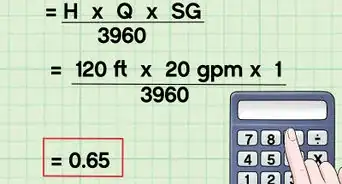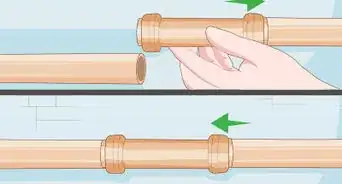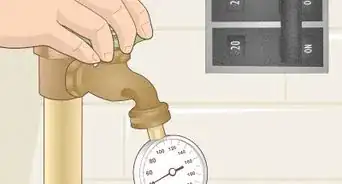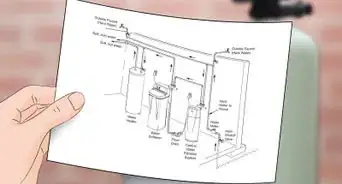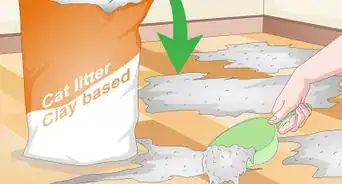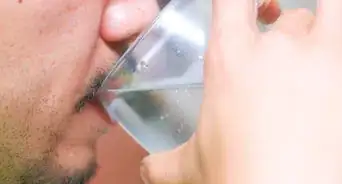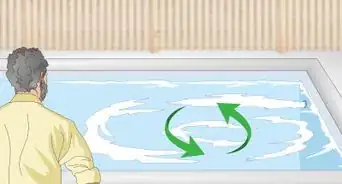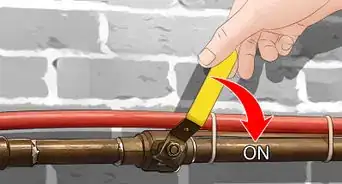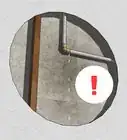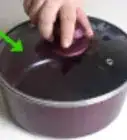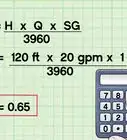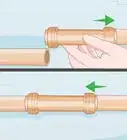X
wikiHow is a “wiki,” similar to Wikipedia, which means that many of our articles are co-written by multiple authors. To create this article, 21 people, some anonymous, worked to edit and improve it over time.
This article has been viewed 239,122 times.
Learn more...
Replacing the likes of a 100-foot-deep submersible well pump might be intimidating. This article will guide you through the process, step by step.
Steps
-
1First you need to shut off the breaker to the pump. It would be best to make sure the pump is off by trying to run water. Remember that your bladder could still have water pressure in it. If water doesn't pass after 5 minutes, then you pump is off.[1]
-
2Locate and remove the top of the well head (cap). My cap was held in place with 3 - 1/4" bolts, use 7/16" wrench to remove.[2]Advertisement
-
3Shine a bright flashlight into the well head. Here you will make some first conclusions on how to replace your pump. The first thing to notice is how the connection is to the house. It would either be a pitless adapter or a union. The other thing to check is if you have PVC or flex pipe for a water main pipe. The water connection might make it hard to see past it but a hint is white PVC is reflective, black flex pipe is not reflective and dull. My well has a pitless adapter and black flex pipe.
-
4Now that we know how to approach this removal, we can gather the tools we need. You will need to make a 5' long "T" tool that is 1" sch 40 pipe 5' long, threaded on both ends, with a T on one end and 2 6" nipples, and when assembled makes a T. You will also need a 2lb hammer and at least 1 other person to assist you. 2 would be better since the flex pipe could be 200' long and can get hard to handle.
-
5Screw the "T" tool into the top of the pitless adapter and disconnect the electrical connections. You are ready for removal.[3]
-
6When you are ready, someone pulls up on the small cable that is the pitless adapter lock, and another person pulls up on the "T" tool. Once the pitless adapter has been removed from the pipe, the person holding the lock cable can then grab the pitless adapter. Then you can remove the "T" tool from the pitless adapter. The 3/4" HP pump that was currently in the hole weights about a total of 60 lbs when it is in water, meaning still deep inside the well tube.[4]
-
7Now that the "T" tool has been removed, you can start pulling the flex pipe up. Have the second person walking the flex pipe out in a straight path. You will need 100' area if you have a 100' deep well. If you have a 3rd person, they can assist the first person with pulling out the well pump as it can get tiring for some people.
- NOTE, the flex pipe will get slippery when you reach water level. The use of rubber grip gloves can be very helpful here, but is not necessary.
-
8Once the well pump is out, you can start removing the old pump. You will need to match its specifications for the new pump. There are 2 different models, one with a control box, one without. Other than that, you must match Line Voltage (115 or 230 volt), Hz (50 or 60), Power in HP (horsepower) and Flow in GPM (Gallons Per Minute) or LPM (Liters Per Minute). When purchasing a new submersible pump, please remember how difficult and troublesome the job is and purchase the most reliable, well reviewed pump you can. Losing water because of a cheaper pump could cost you more in the long run.
-
9When connecting a new pump, make sure that you have someone electrically knowledgeable or an electrical contractor make the connections. For example, a 230 volt pump with two black wires (two "hots") and 1 green wire ("ground"). When ready to make the electrical connections, make sure to put the heat shrink plastic onto each wire before making the crimp connections. Getting better crimp connectors than those supplied with your pump would be a good idea. Remember, you don't want to have to remove the pump once it is down in the pipe just because of a bad connection. Once crimped and securely in place, you need to place the heat shrink tubing over the crimp connectors. When in place, you need to add a good amount of heat to the tubing to make it shrink, a match or lighter will not be enough heat. I used a small propane torch. Once heat shrunk, tape the wires to the pipe to keep them from moving freely in the pipe. Add a 1/8" stainless steel cable to the pump to make removal next time easier. To do this, you will need the amount of water pipe (100' in this example) plus an extra 10' to allow for loops and connection to a lift next time. You will also need 6 stainless steel cable clamps, use 3 at each end.[5]
-
10Now you are ready to install your new pump. You do not need to tape the cable to the water pipe, but you can. Place the pump near the hole and move the water flex pipe so it is in a straight line to the well head.[6]
-
11Just like removal, use 2 people at the well head, and another person to walk the flex pipe towards the well head. Insert the pump into the hole, and slowly start the decent. When the pump hits the water level, it may reduce in weight. This is perfectly normal since items in water weigh less than in air.
-
12Once you get to the pitless adapter, you will need to install your "T" tool once again. Have one person hold the pitless adapter and have someone else screw it in place. Then you can finish inserting the pitless adapter back into place.
-
13When the pitless adapter is secured, you will have not weight on the "T" tool, and it can be removed. Please do not push hard to make sure it is seated properly since this can damage the well casing.
-
14Now you can reconnect the electrical connections at the top of the well, and again, if you don't feel comfortable doing this, consult an expert.
-
15Before installing the cap, it is best to check to see if you have water. Connect a hose to the hose connection at the bladder tank, turn on, and shut off the water going to the house. Turn the breaker on to the pump. Your water should gurgle, this sound is what happens when air is being pushed around. If you do not have water after 5 minutes; shut off the breaker to the pump. This is not a problem, what you need to do is wait 5 minutes and allow the water that is being pumped up to settle into the pipe and force the air bubbles up. Then after 5 minutes or so, turn the breaker on and you should have good flowing water.
-
16Install the well cap and you are done.
-
17Your water should now be checked for bacteria and for "softness" by a certified water company since there is always a chance for bacteria to enter you water system.[7]
Advertisement
Community Q&A
-
QuestionWhich way does the pump screw on?
 Community AnswerIt screws on and off just like a pipe coupling or a nut on a bolt. Right-hand thread is an industry standard; left-hand thread is very rarely encountered.
Community AnswerIt screws on and off just like a pipe coupling or a nut on a bolt. Right-hand thread is an industry standard; left-hand thread is very rarely encountered. -
QuestionHow do I clear the dirt in the water?
 Community AnswerInstall a "sacrificial" filter canister and filter in the pipes leading to your pressurization tank. (You can buy these at hardware and camping stores.) These filters are cheap and designed to remove dirt and sand from water. The more expensive filters will remove metals, protozoa (parasites), and many other things if you need to improve your water quality overall. Otherwise, a cheap sacrificial filter will do the job. The canister is clear plastic and sold with a plastic wrench that will unscrew the canister so you can replace the disposable filter inside when it gets dirty. Throw the filter away, place a new one inside, and screw the canister back in place.
Community AnswerInstall a "sacrificial" filter canister and filter in the pipes leading to your pressurization tank. (You can buy these at hardware and camping stores.) These filters are cheap and designed to remove dirt and sand from water. The more expensive filters will remove metals, protozoa (parasites), and many other things if you need to improve your water quality overall. Otherwise, a cheap sacrificial filter will do the job. The canister is clear plastic and sold with a plastic wrench that will unscrew the canister so you can replace the disposable filter inside when it gets dirty. Throw the filter away, place a new one inside, and screw the canister back in place. -
QuestionCan the pump run backwards?
 Community AnswerDepending on the electrical power supplied, yes, it can run backwards. However, if you are asking this question, you need to hire an electrician to do the hookup. A pump running backwards can get wrecked quite quickly.
Community AnswerDepending on the electrical power supplied, yes, it can run backwards. However, if you are asking this question, you need to hire an electrician to do the hookup. A pump running backwards can get wrecked quite quickly.
Advertisement
References
- ↑ https://www.youtube.com/watch?v=Jxb3Uj1xO2M
- ↑ https://www.in.gov/idem/cleanwater/files/gw_wells_disinfection_inst.pdf
- ↑ https://baileylineroad.com/the-right-way-to-install-a-submersible-pump-in-your-water-well/
- ↑ https://baileylineroad.com/the-right-way-to-install-a-submersible-pump-in-your-water-well/
- ↑ https://www.youtube.com/watch?v=pZQxjSRrzKg
- ↑ https://www.youtube.com/watch?v=ey7Ax1EkdKY
- ↑ https://www.in.gov/idem/cleanwater/files/gw_wells_disinfection_inst.pdf
About This Article
Advertisement
